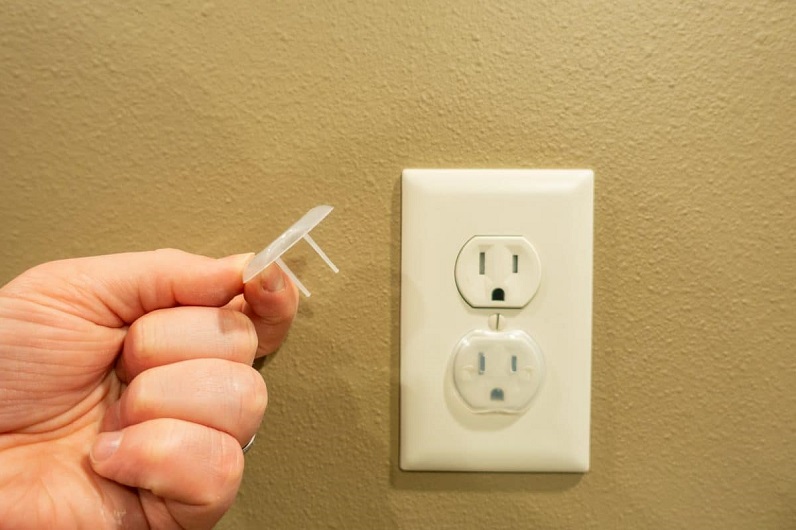Importance of Babyproofing Your Home: 5 Baby Safety Essentials
As a parent, all we want to do is keep our children safe. From the moment they are born, we start worrying about the safest bottles, safest cribs, safest toys for babies, and the list goes on. And once they start to crawl, all we can think is how to make our house safe for them.
Childproofing your home is super important since common causes of injuries and death in children younger than 18 months are preventable accidents. Knocking out the serious risks from your home will allow you to relax and let your child move around more freely.
The Basics of Babyproofing Your Home
When to Baby Proof?
Ideally, you will want to get ready before your baby starts to move around on its own (whether by crawling or walking). Once your baby begins to turn over onto their stomach (usually around five to six months old), crawling is just a few months away. With that said, start taking some common-sense measures like installing gates and securing furniture before your baby begins using every surface as a step up.
How to Safety Proof Your House for Baby?
There are a few ways you can babyproof your home and ensure you’ve caught the usual suspects of safety concerns. One of them is to gate off rooms like the kitchen or bathroom where the greatest concentration of injury risks are. Another way is focusing on the little things, like small objects near the ground that represent potential choking hazards.
Make sure to put away all the poison. This includes not only the obvious cleaning chemicals but also the often overlooked items like poisonous houseplants. For a list of plants that are safe for children, click here.

What to Baby Proof?
The process of childproofing your home may seem overwhelming. After all, there is an infinite range of baby safety gear available with features that promise unparalleled protection. Here are the essentials you need to make your home safe for your child.
Latches and Locks
Latches and locks are simple mechanisms designed to keep potentially hazardous items locked. When shopping for them, look for models made of sturdy materials that won’t give away easily or snap under stress. You’ll also want latches and locks that you can actually open. Use latches and locks for cabinets and drawers in the kitchen, bathroom and other areas that present poisoning or injury risks.
Using these mechanisms on cabinets and drawers can help prevent your child from accessing household cleaners, medicines, matches or lighters, and sharp objects, such as knives. Keep in mind that even products the come with child-resistant packaging should be locked away and kept out of reach.
Many parents worry about how to remove baby safety latches when their child grows. This is especially true for parents who have a set of furniture they really love. Quality latches and locks come with adhesives designed to be removed cleanly without leaving any marks. Never use sharp objects to try to pry the locks off. Just follow the instructions on the package and it will be like you never had the locks on before.
Safety Gates
Safety gates come with a mechanism to deter toddlers. They are extremely helpful in keeping children from entering rooms and other areas with possible dangers. Look for gates that you can open and close without difficulty but that children cannot dislodge easily. For the top of the stairs, make sure you use a gate that screws to the wall. If you choose a gate with slates, make sure it is not more them 6 centimetres wide to prevent tiny heads from suffocating.
Outlet Cover

The little holes where your electrical appliances are plugged are perfect for your toddler’s little fingers. Remove the temptation with outlet covers. Instead of the cheap plastic inserts, which can become choking hazards, opt for outlet covers that slide open and closed.
Edge and Corner Guards
Soft edges and corner guards are great gadgets to protect your little explorers from the sharp edges of tables, fireplaces and more. Make sure the guards you choose are made from non-toxic materials and are large enough not to present choking hazards if they get found loose by curious fingers.

Furniture Anchors
Little ones are constantly using furniture or electronic devices to get a leg up and this is a dangerous endeavour. If your furniture or electronics aren’t secure, they could topple over and crush your child. This is in fact, one of the most common injuries for young children. This can be easily preventable with furniture anchors. Use a couple of anchors and make sure they’re screwed to the wall studs so your little one can continue trying to scale every surface safely.
If you need further assistance in identifying and addressing the hazards in your home, seek the help of a child safety expert. A licensed professional can help you select and install the appropriate baby safety products.



